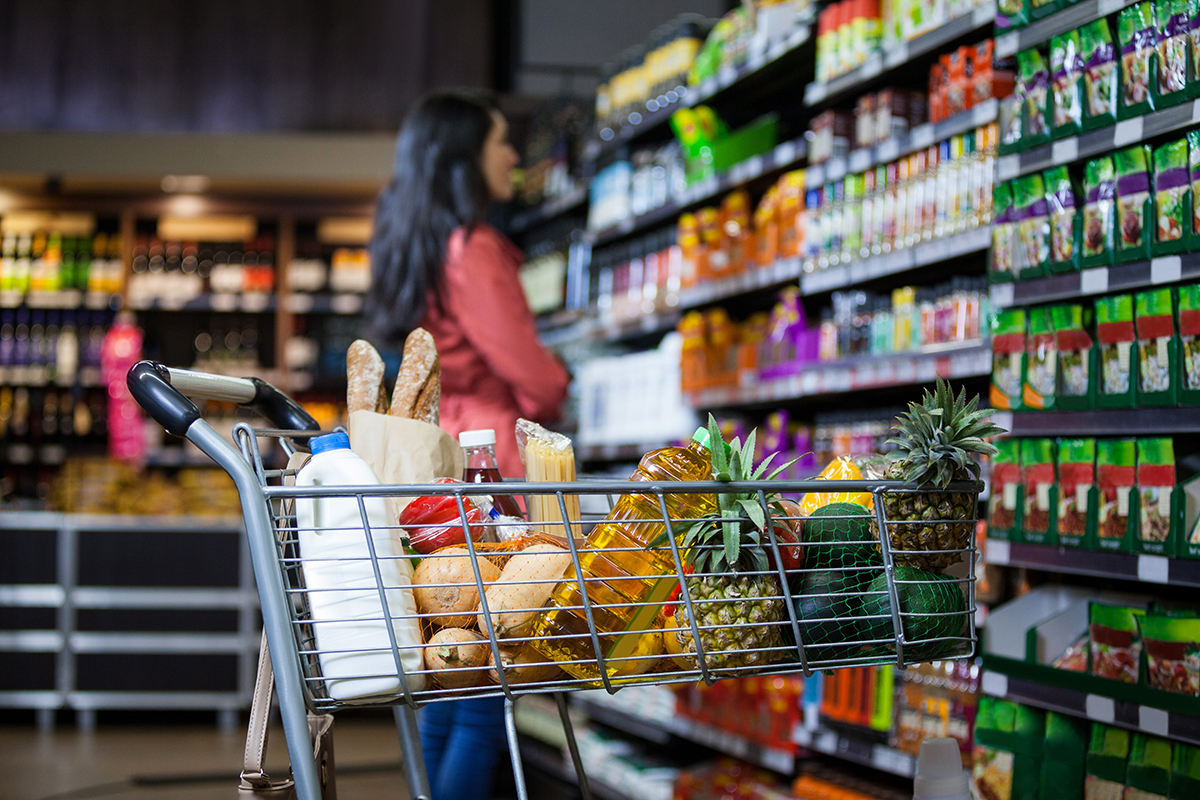By Doug Baker, Vice President, Industry Relations - Private Brands, Technology, Food Marketing Institute

For more than 20 years, a store’s operations team has worked all day toward that 4 p.m. “showtime” when they present a fully stocked store to their customers. Only now, many of those click-and-collect orders are coming in during morning hours, leading to out-of-stock (OOS) situations once the crowds arrive or, more typically, the following day.
“Showtime” has been altered by that click-and-collect and delivery “matinee” traffic earlier in the day as the staff draws down stock to fulfill e-commerce orders.
Because the store’s computer-assisted ordering (CAO) system is lagging behind those orders, the entire supply chain - from producer to supplier to retailer - is disrupted.
There is a solution to this dilemma, said Amit Jain, chief technology officer at RSi during the session “Are You Ready for Showtime in the New Omnichannel World? How to Adopt an Integrated Forecasting Model” at Groceryshop, “You have to be able to make decisions practically in a near real-time fashion.” Old protocols that called for you - or your CAO - to restock once or even twice a day are no longer practical. So, what do you do?
The knee-jerk response for many would be to dump food retail’s legacy supply chain processes and start from scratch with expensive new enterprise systems. But how do you do that without disrupting business and spending tons of money?
Jain would suggest, with a current legacy system in place, start with two things. First, in as much of a real-time fashion as possible, get ahold of four important data streams:
- Order queue;
- Perpetual inventory;
- Online fulfillment queue; and
- In-store POS.
Next, re-examine forecasting models. Take existing forecasting protocols, the ones in place when the brick-and-mortar store was all you had to worry about, and build in exception overrides that take into account the real-time data you’re now working with and the fact that so many other elements beyond your control - weather, major sporting events and, of course, promotions - come into play.
In their Groceryshop presentation, which can be viewed in its entirety, Jain and his colleagues demonstrate real-life situations in which food retail chains have simply begun to watch important data streams and apply exception overrides to their forecasting models to grow revenue.
They’ve proven a food retailer can indeed turn this new omnichannel world into a constant “showtime.”
Additional resources:
- Nielsen FMI Digital Shopper free digital assessment tool
- Download Following the Profitable Path to Your Digitally Engaged Grocery Shoppers: Executive Workbook 2019 to determine if you are ready for the digital adoption pace.
- Video and slides from the FMI session at Groceryshop on whether you’re ready for “showtime” in the new omnichannel world


 Industry Topics address your specific area of expertise with resources, reports, events and more.
Industry Topics address your specific area of expertise with resources, reports, events and more.
 Our Research covers consumer behavior and retail operation benchmarks so you can make informed business decisions.
Our Research covers consumer behavior and retail operation benchmarks so you can make informed business decisions.
 Events and Education including online and in-person help you advance your food retail career.
Events and Education including online and in-person help you advance your food retail career.
 Food Safety training, resources and guidance that help you create a company food safety culture.
Food Safety training, resources and guidance that help you create a company food safety culture.
 Government Affairs work — federal and state — on the latest food industry policy, regulatory and legislative issues.
Government Affairs work — federal and state — on the latest food industry policy, regulatory and legislative issues.
 Get Involved. From industry awards to newsletters and committees, these resources help you take advantage of your membership.
Get Involved. From industry awards to newsletters and committees, these resources help you take advantage of your membership.
 Best practices, guidance documents, infographics, signage and more for the food industry on the COVID-19 pandemic.
Best practices, guidance documents, infographics, signage and more for the food industry on the COVID-19 pandemic.
